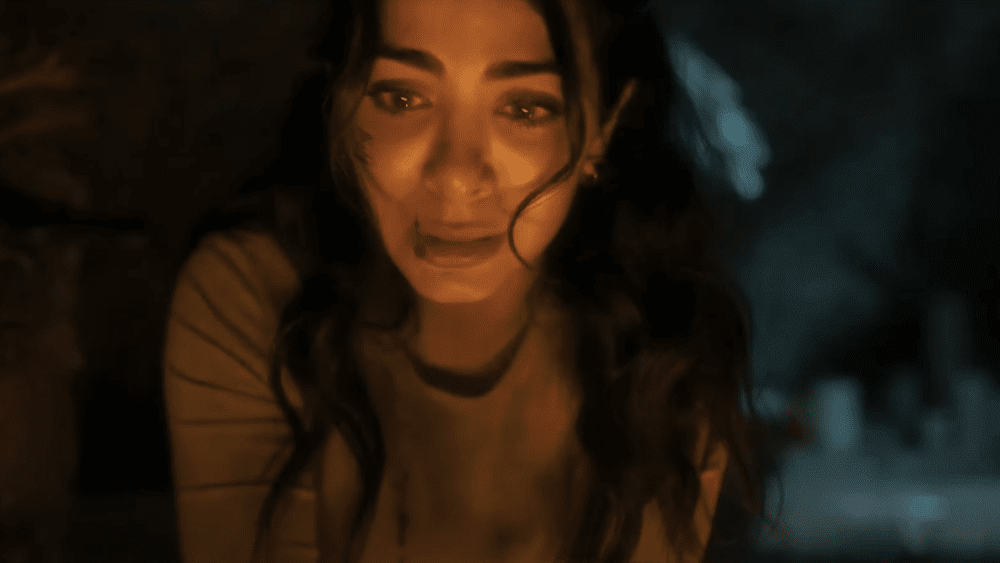The Rosary: A Unique Exploration of Identity and Magic
Spoiler Alert: This article discusses key plot elements of “Rosary,” currently in theaters.
Overview of “Rosary”
“Rosary,” released by Mucho Mas Releasing, stands out in the realm of dark magical realism. With a plot woven by writer Alain Trezza, the film offers a deeper narrative beyond traditional horror elements.
Plot Summary
The film stars Emeraude Toubia as the titular character, Rosario, a businesswoman who faces an unexpected challenge after her grandmother passes away in her apartment while awaiting an ambulance during a severe New York storm. The delay of the paramedics parallels the isolation many families felt during the height of the pandemic when healthcare resources were strained.
Cultural Themes
Set against the backdrop of a stark, anonymous New York skyscraper, Rosario’s grandmother’s apartment serves as a vivid representation of Mexican culture. Throughout the film, Trezza aims to address complex themes of immigration and assimilation, drawing from his own experiences as an immigrant child with a Mexican-American wife.
Trezza articulates, “It’s not just sacrifice your own time from time to time, someone to make it in America, to get that American dream. It’s sometimes a sacrifice to my identity. I wanted to explore what someone needs to sacrifice from another country to get their American dreams. Sometimes it’s the roots of my family, sometimes it’s culture and ethnicity.”
Exploring Dark Magic
Trezza’s narrative delves into diverse aspects of dark magic, intentionally steering away from commonly addressed topics like Santeria and Voodoo. Instead, he focuses on the religion of Palo Mayombe, a practice noted for its dual nature—both beneficial and harmful. He states, “People use it for good and use it for bad. Some people pray for health and happiness, but others use it as malicious measures.”
His research includes various disturbing instances, such as the involvement of Palo Mayombe with drug cartels and its sinister associations in unfortunate events involving American students in Mexico.
Horror as Metaphor
As Rosario uncovers more about her family’s past, she must confront fears that transcend typical haunted house tropes. The horror elements in the film symbolize the real-life struggles faced by immigrants, linking personal terror to broader societal issues. Trezza emphasizes this connection, saying, “As a lifelong fan of horror movies, the most effective fear makes sense to them. They have some theme and some sort of symbolism.”
He reflects on intertwining “danger, fear, and real death”—ultimately crafting a narrative that speaks to the immigrant experience and the quest for a better future.
Future Projects
Inspired by his cultural heritage, Trezza shares insights into his upcoming script, which centers on “someone who uses magic to heal people.” This new narrative aims to explore the positive aspects of magic, further delving into themes of personal growth and redemption.
He explains, “It explores the good side of magic—white magic—and black magic. This is dealing with White Magic again, and our character themes also escape her past and use her special skills to escape from this magical brand but very malicious individual for harm.”
Conclusion
Trezza’s commitment to storytelling that resonates with cultural identity and personal growth is evident in “Rosary.” He believes that “Mexican culture, Latino culture, is full of incredible stories, incredible themes, and incredible people.” For audiences seeking depth in their film experience, “Rosary” promises a unique blend of horror and cultural commentary.
Watch the Trailer
For an exclusive glimpse into “Rosary,” check out the international trailer below:


